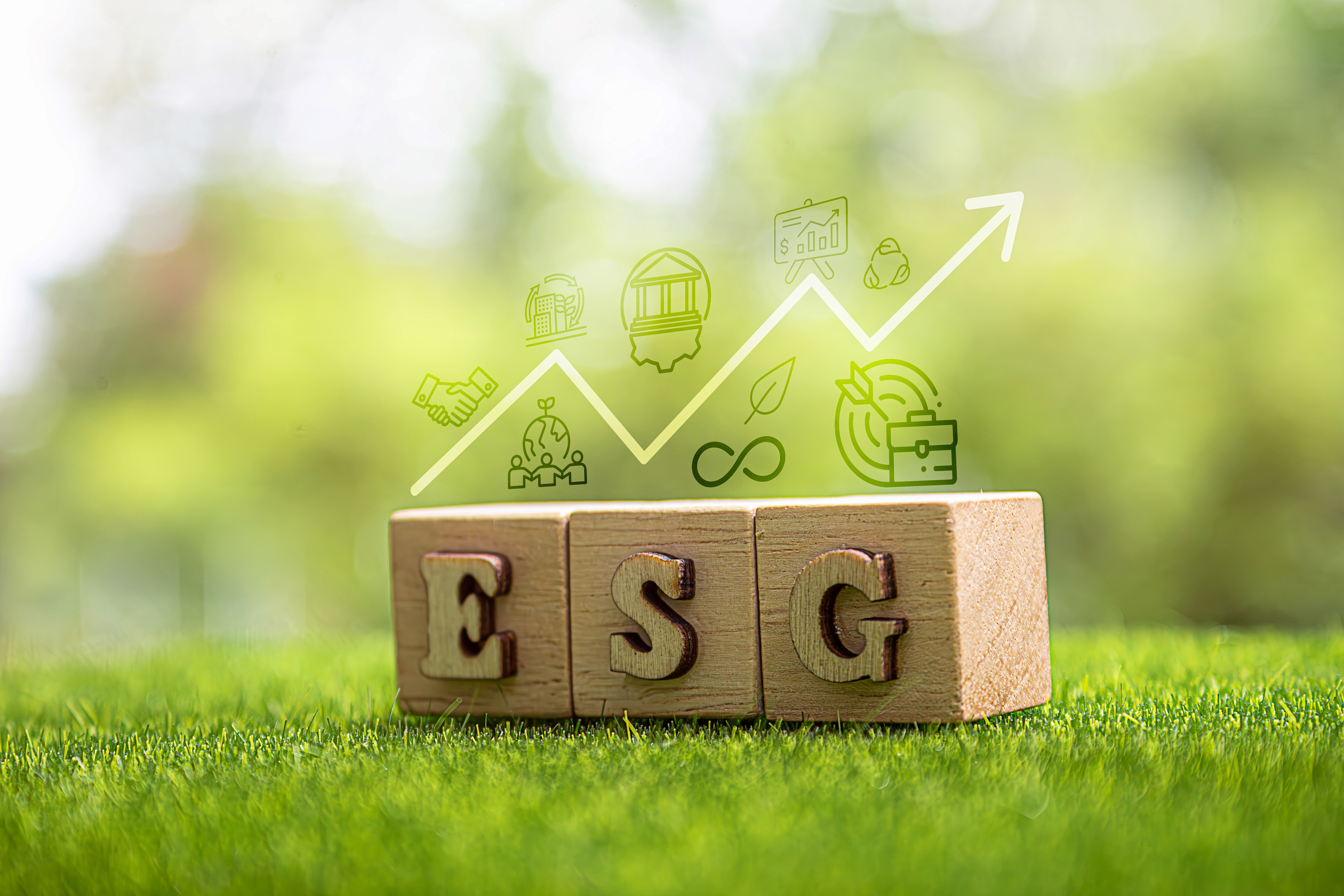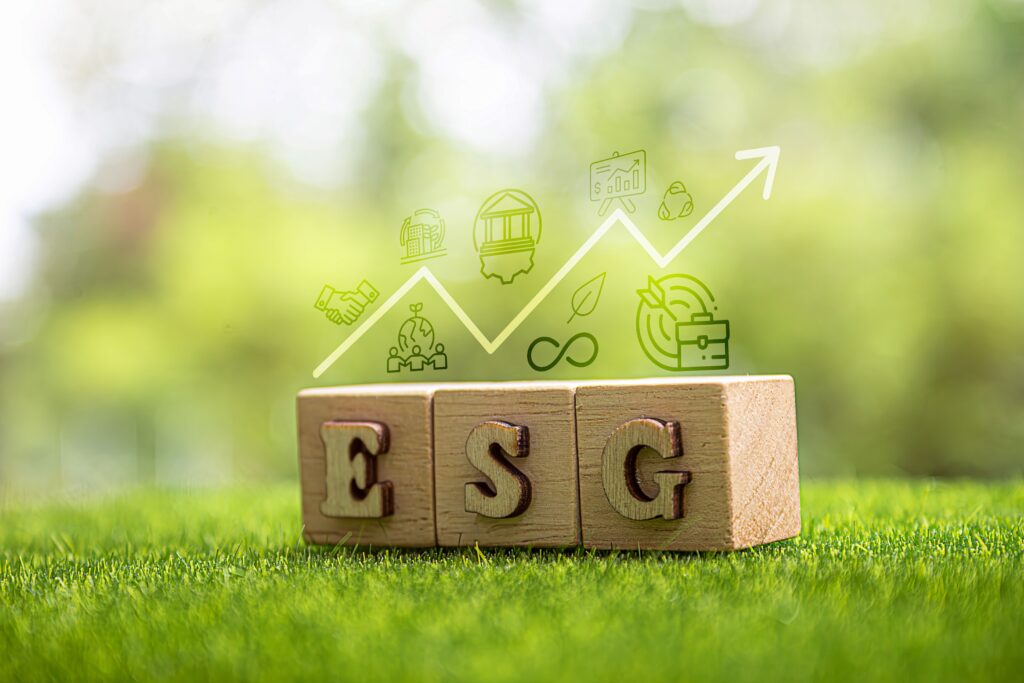
What is all the talk of the Australian corporate world that will ultimately kick into gear in 2025? If you haven’t heard already, then it is the upcoming mandatory climate-risk reporting to fall under the Corporations Act 2001. So, you want to hear more of this story?
Environmental, Social, and Governance, or more commonly called ESG, reporting has evolved from its early beginnings in the 1970s and 1980s when the concept of corporate social responsibility began to emerge. Despite a lack of consistency or guidance in the early days, many companies recognised that they had responsibilities beyond just the bottom line and put focus on their economic, social and environmental impacts. While in these early days, it was about the impact of businesses on the broader community, now ESG is about understanding the mutual link (or the interconnection) of a business performance and the broader community.
One of the first reporting standards widely adopted was the Global Reporting Initiative (GRI), founded in 1997 to provide a comprehensive sustainability reporting framework still widely used by organisations globally. Most uncomplicatedly, they define ESG reporting as the ‘process through which organisations publicly disclose information about their economic, environmental, and social impacts caused by their everyday activities’.
Since August 2022, the International Sustainability Standards Board (ISSB) of the IFRS Foundation assumed responsibility for the Sustainability Accounting Standards Board (SASB)® Standards. The incorporation of SASB standards into the ISSB's framework, has promoted a more unified approach to ESG reporting. A lot of countries, including Australia, are now adopting the IFRS S1 and S2 standards as the basis of their own ESG reporting standards.
These are now some of the many reporting frameworks that have emerged over the years … with so many fingers in the ESG reporting pie, including many net zero management consultants in Australia, let’s simplify the steps for you.
At first glance, ESG reporting can seem complex. There are diverse standards and frameworks, you must collect data and conduct a materiality assessment to determine what ESG issues are most important to you. Then integrate this with your traditional financial reporting to give a holistic view of your performance, plus be across the ever-changing regulatory and compliance requirements. You’ll have qualitative narratives and quantitative data to balance, a range of stakeholder expectations to meet AND you’ll need verification and assurance.
Maybe you would like a management consultant like 2XE to help you?
This criteria is what investors and financiers are increasingly looking for to evaluate the long-term sustainability of a company and the impact of environmental, social and governance risks on a business.
As part of your ESG reporting, you will need to consider criteria across the three categories:
You are already doing it. Reading up and understanding more about the ESG reporting requirements help you prepare for the reporting and ensure that your organisation can effectively measure, manage, and communicate its sustainability performance.
Like any new project, you should set goals. Are you seeking greater transparency, or do you have to meet particular regulatory requirements? Or are you hearing the calls from across your stakeholders?
Very important in your preparation for ESG reporting is the framework you choose to align with. We have mentioned the Global Reporting Initiative (GRI) already and the Yet, there is also the Sustainability Accounting Standards Board (SASB), the Task Force on Climate-related Financial Disclosures (TCFD), and others that align with your industry and goals.
With your team around you, this can be an engaging couple of hours to identify and prioritise the ESG issues that are most significant to your business and stakeholders.
The results of a materiality assessment guide a company in focusing its ESG reporting and strategy on the issues that matter most to stakeholders and have the greatest potential impact on the business. The results of the materiality assessment can be refined and improved over time as you develop a better understanding of your business and key stakeholders.
With your reporting framework selected and materiality assessment completed, you should have the details of what you need to report. You should consider developing templates and assigning responsibility to the right teams to collect the data, and consider what technology and tools might help you with this work is a good team discussion before you get too far into the data collection process.
Many reporting standards offer training to deepen your understanding of the ESG reporting process. This is a good idea, and then you can bring your team together from across key departments like sustainability, finance, HR, operations, to allocate tasks and due dates for content.
Certain elements can be included like the:
While the focus is on the environmental, social and governance aspects, an ESG report can include financial performance to provide an overall picture of your company’s performance and impact.
While there is not a single compulsory format for ESG reporting, the content and structure of these reports are widely accepted. A net zero ESG management consulting firm like 2XE can help you with this, as we understand the regulatory requirements, including:
With consumers' growing demand for sustainable products and investors' and financiers' heightened expectations for effective ESG risk management, communicating your ESG performance is essential. Using your ESG report as a foundation, collaborate with communication specialists to leverage multiple channels to share your achievements. This includes using social media, newsletters, PR activities such as media releases, and hosting ESG events.
ESG reporting is no longer just a ‘nice to have’, it is expected by employees, board members, shareholders, customers, suppliers, investors, financiers, regulators, community organisations, and the media and general public. We are beyond ‘debating’ climate change here in Australia, and the broader ESG reporting gives you the chance to fully explore the sustainability and ethical performance of your organisation.
ESG reporting provides a full evaluation of your organisation’s environmental impact, social performance, governance practices, and economic contributions. Whether prepared internally or by a net zero ESG management consultant, your ESG report examines the effectiveness of your sustainability efforts, risk management, stakeholder engagement, and strategic goals. Through this analysis, you can highlight your commitment to ethical practices, showcase your work to your stakeholders, and give you the chance to celebrate your overall sustainability performance with your team.
